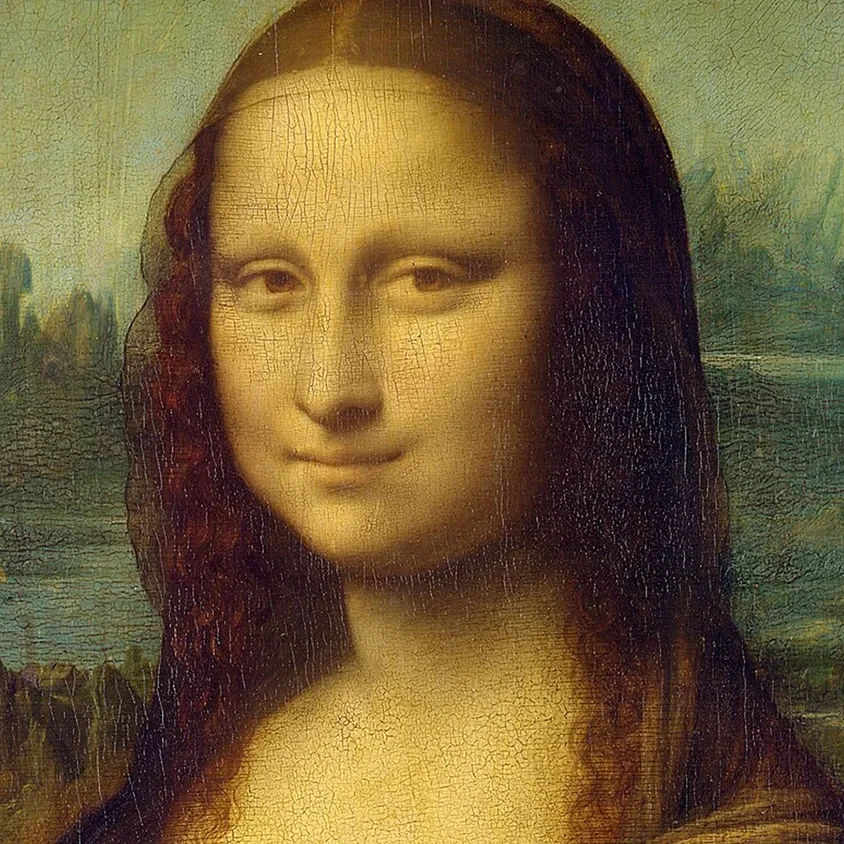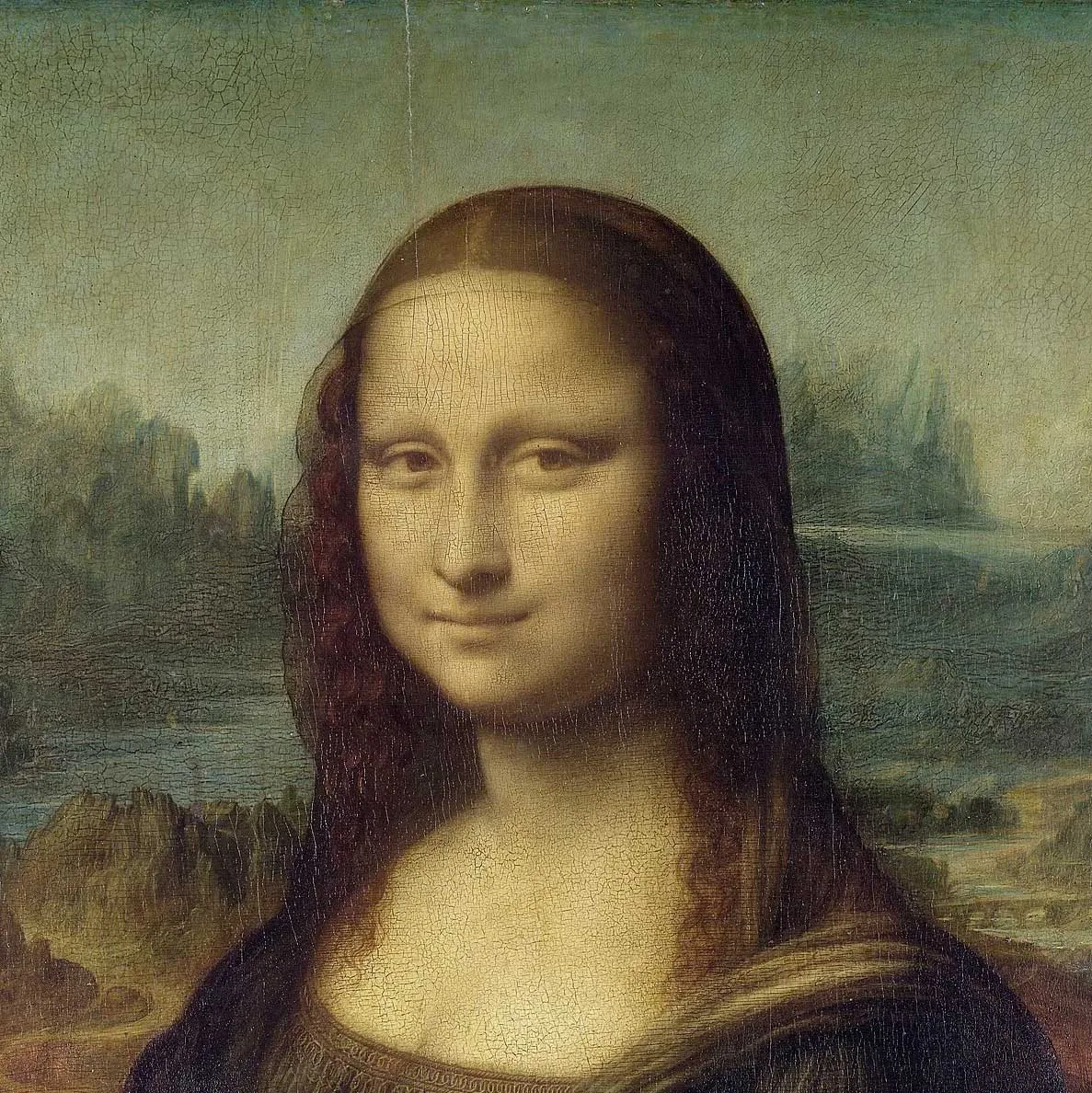Ownership of the Mona Lisa
The Mona Lisa is currently owned by the French government and is considered a national treasure of France. It was acquired by King Francis I of France in the 16th century and has remained in the possession of the French state ever since. The ownership of the Mona Lisa has not changed hands for centuries, solidifying its status as a symbol of French heritage.
The ownership of such a masterpiece raises questions about the responsibility of a country to preserve and protect cultural treasures. The French government has taken this role seriously, ensuring the painting’s conservation and displaying it in a secure environment for the public to appreciate.
Display of the Mona Lisa
The Mona Lisa is prominently displayed at the Louvre Museum in Paris. After a renovation in 2003, the painting was given its own room in the Louvre, attracting millions of visitors every year. The room is specially designed to showcase the painting and create an atmosphere that enhances the viewer’s experience.

The decision to display the Mona Lisa in the Louvre Museum has not been without controversy. Some argue that the painting should be returned to Italy, where Leonardo da Vinci created it. However, the French government has maintained that the painting is an integral part of French culture and should remain in the Louvre, where it can be appreciated by people from all over the world.
Controversies and Disputes
The ownership of the Mona Lisa has been disputed between France and Italy. Legally, the French government holds ownership of the painting, but its figurative ownership can be a subject of debate. Cultural campaigns and online spats have called for the return of the painting to Italy, adding to the ongoing controversy.
One example of a dispute over the ownership of the Mona Lisa occurred in 1911 when the painting was stolen from the Louvre Museum. The theft created a worldwide sensation and brought attention to the painting’s significance. The Mona Lisa was eventually recovered and returned to the Louvre, but the incident ignited debates about the level of security and protection given to such a valuable work of art.
Fame and Significance of the Mona Lisa
The Mona Lisa is renowned as the most famous painting in the world. Its fame is attributed to the realistic portrait, skillful use of sfumato, and Leonardo’s meticulous attention to detail. The enigma surrounding the sitter’s identity and the painting’s theft in 1911 have further contributed to its allure and global recognition.
The significance of the Mona Lisa extends beyond its artistic qualities. It has become a symbol of beauty, mystery, and human expression. The painting’s ability to evoke emotion and fascination in viewers has solidified its place in art history and popular culture.
Mona Lisa’s History
Painted by Leonardo da Vinci, the Mona Lisa is believed to have been created between 1503 and 1506. It is also known as “La Gioconda” and is painted in oil on wood. The painting represents an ideal rather than a real woman and showcases the connection between humanity and nature.
The identity of the sitter in the Mona Lisa remains a subject of speculation. Some theories suggest that she was Lisa Gherardini, the wife of Florentine merchant Francesco del Giocondo. However, conclusive evidence has not been found, adding to the enigma surrounding the painting.
Legacy and Influence
The Mona Lisa’s influence extends beyond the art world, permeating popular culture and inspiring countless parodies and reproductions. Its stolen status in 1911 catapulted it to international fame and increased public interest. The painting’s tours to different countries, such as the United States and Japan, have further elevated its celebrity status.
One example of the Mona Lisa’s influence can be seen in the field of advertising. Countless advertisements have incorporated elements of the painting, such as the enigmatic smile or the composition, to evoke a sense of intrigue and sophistication.
The Mona Lisa’s enduring legacy can also be seen in the way it has shaped the art world. Artists have been inspired by Leonardo da Vinci’s techniques, such as sfumato, and have sought to capture the same level of realism and emotion in their own works. The Mona Lisa continues to be a source of inspiration for artists, sparking creativity and pushing the boundaries of artistic expression.




